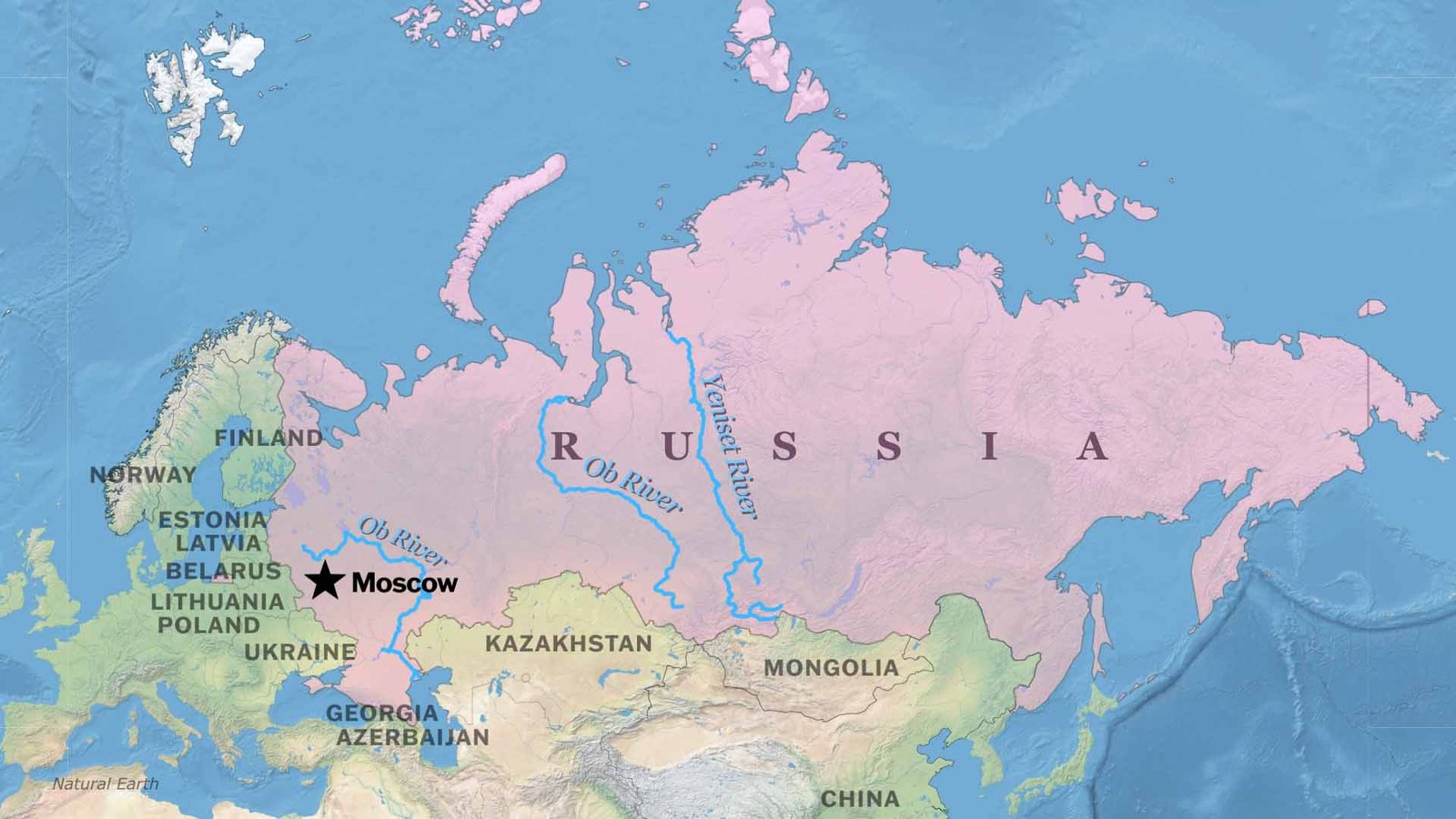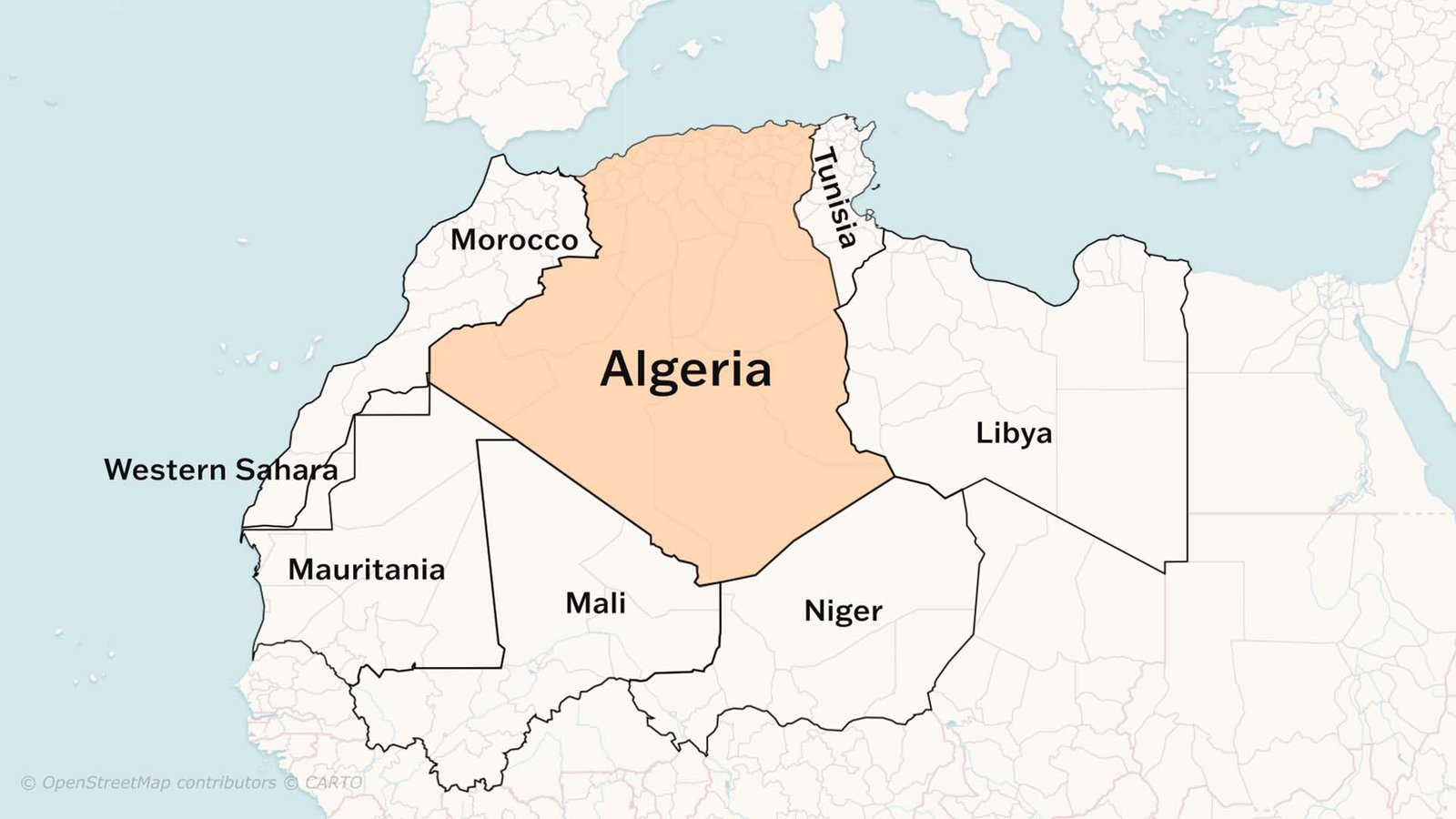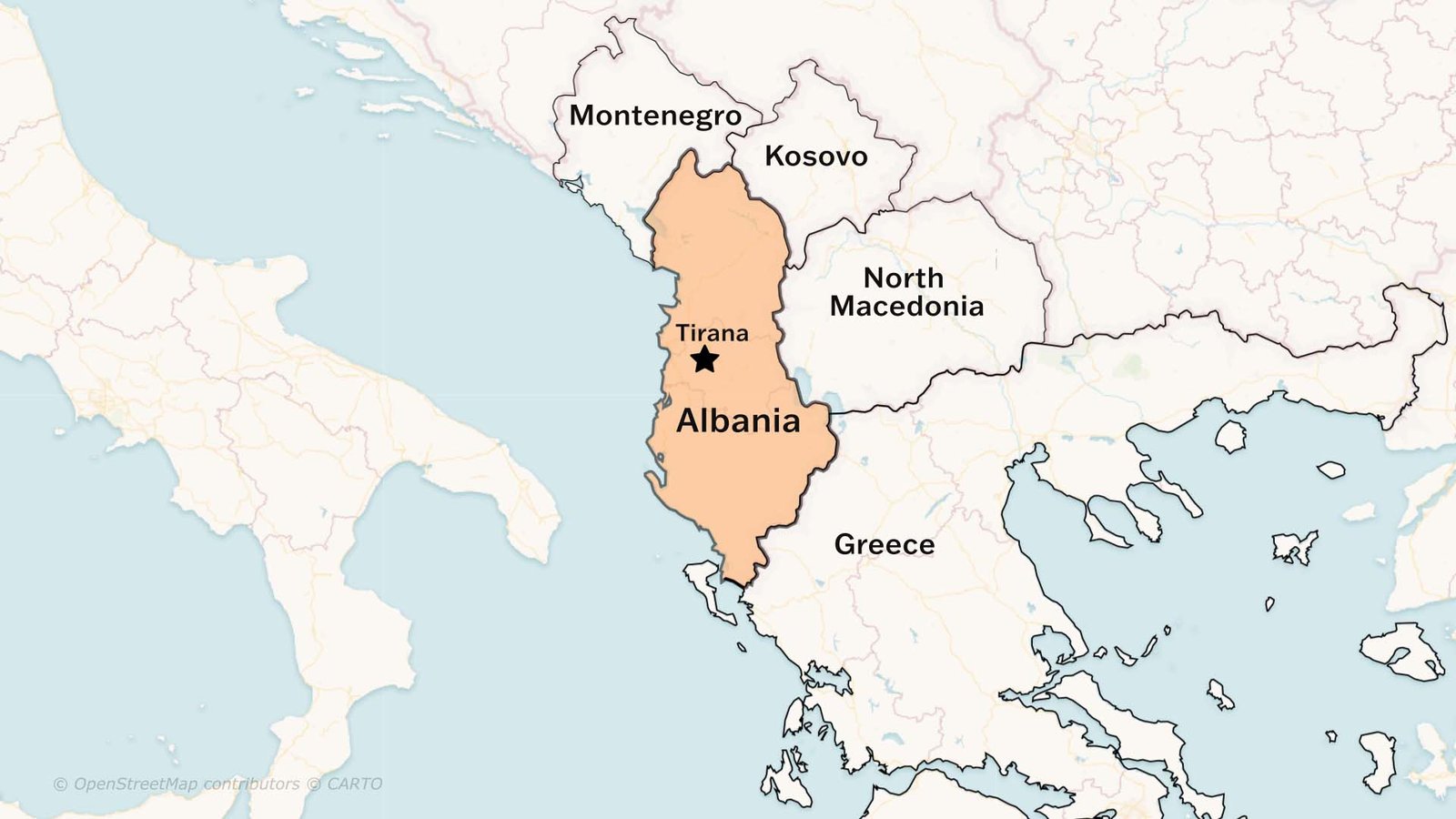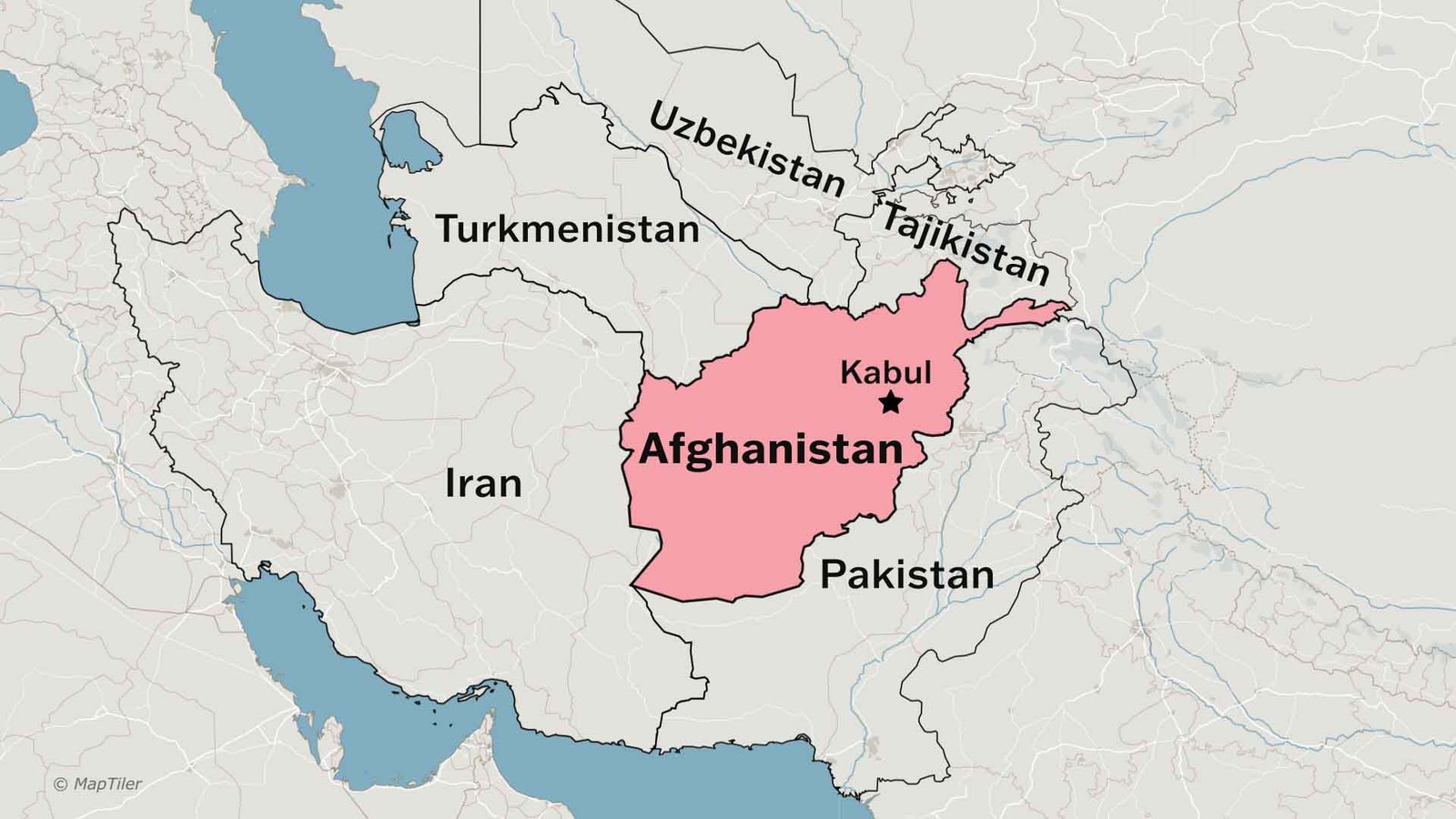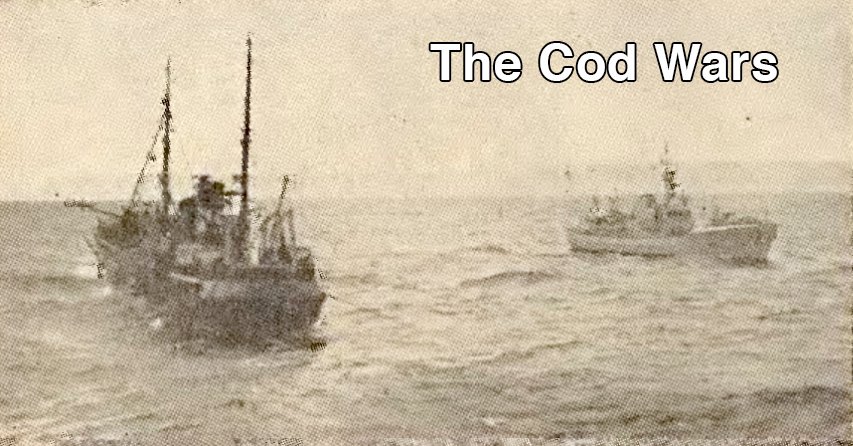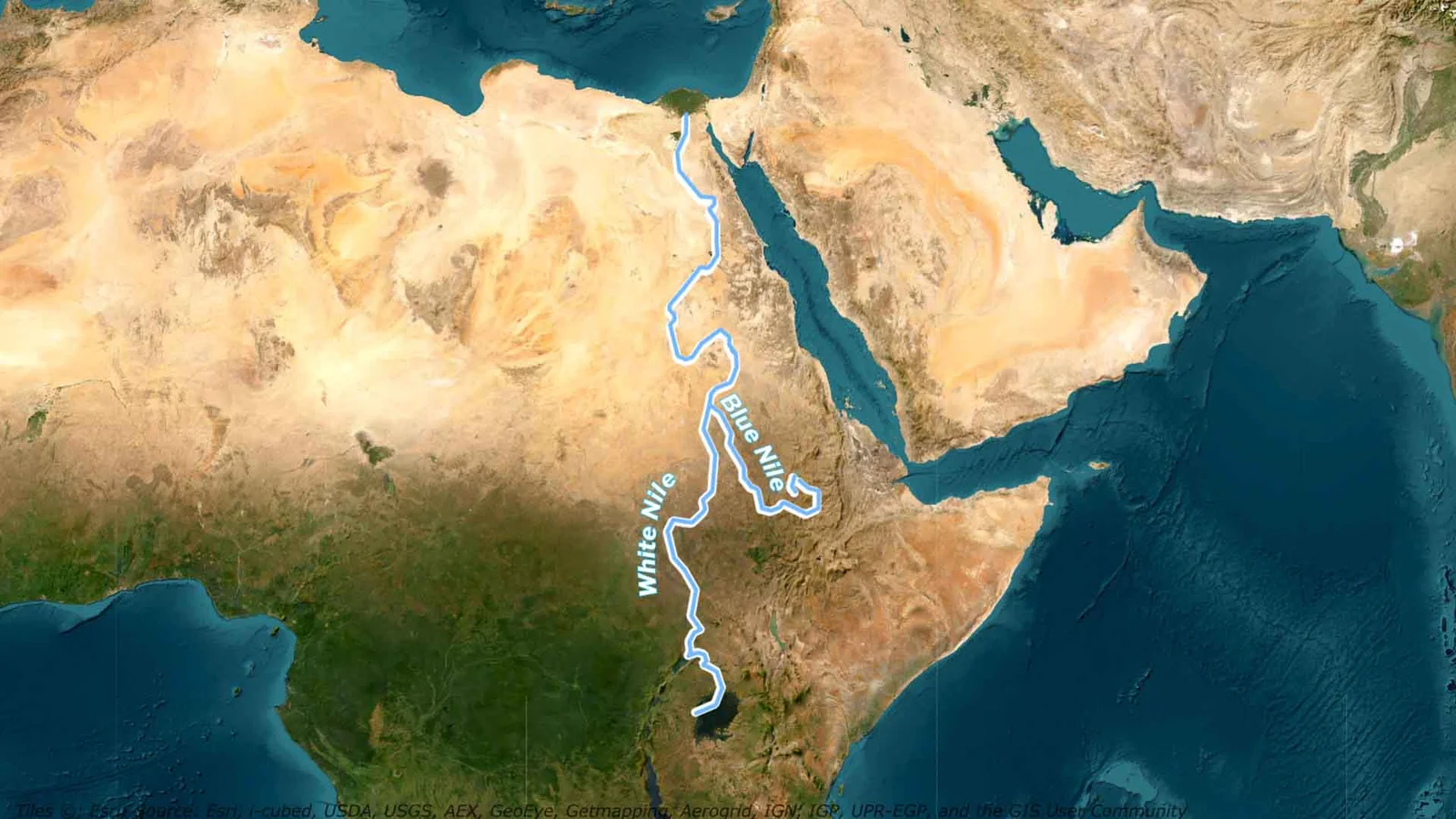Russia – Map, Area, Location, and Bordering Countries
The Area of Russia is 17,098,242 Km2,
Russia spans over two continents, Europe and Asia. Major regions of Russia include European Russia, which encompasses the area west of the Ural Mountains, and Asian Russia, commonly referred to as Siberia. This vast area encompasses the West Siberian Plain, the Central Siberian Plateau, and the Kamchatka Peninsula, which is renowned for its volcanic activity.
Russia’s Bordering countries with directions :
Western Borders of Russia
- Norway – northwest, above the Arctic Circle
- Finland – northwest, below Norway
- Estonia, Latvia, Lithuania – along the Baltic region
- Poland – only via the Kaliningrad exclave
- Belarus – west of Russia
- Ukraine – southwest
Southern Borders of Russia
- Georgia – across the Caucasus
- Azerbaijan – southeast of Georgia, near the Caspian Sea
- Kazakhstan – a very long border stretching from the Caspian Sea to southern Siberia
- Mongolia – central southern border
- China – long stretches in the southeast
Southeastern & Eastern Borders of Russia
North Korea – short border in the far southeast
Topography & Landscape Of Russia
The western part of Russia is relatively flat, with lowlands and plateaus. (west of the Ural Mountains). Especially in Siberia and the far east, the terrain is much more mountainous. (East of the Ural Mountains)
Mountains: Russia’s Major mountain ranges include the Urals, which form the boundary between Europe and Asia. the Caucasus in the southwest, Altai and Sayan in southern Siberia, and the volcanic zones in the Kamchatka Peninsula.
Mountains: Russia’s Major mountain ranges include the Urals, which form the boundary between Europe and Asia. the Caucasus in the southwest, Altai and Sayan in southern Siberia, and the volcanic zones in the Kamchatka Peninsula.
Rivers and Water Bodies:
The Volga River: the longest river in Europe, flowing through central and southern Russia from the Valdai Hills to the Caspian Sea. The Volga receives water from over 200 tributaries, with main tributaries including the Kama, Oka, Vetluga, and Sura.
Lake Baikal: One of the very old and deepest lakes in the world, which is located in southern Siberia. This lake holds around 20-22% of the world’s unfrozen fresh surface water and is among the clearest lakes. It also has major lakes, besides Lake Baikal. Examples: Lake Ladoga, Lake Onega in the northwest.
Climate & Ecosystems of Russia
Russia has very extreme climates, because of its size and position, mostly in the far north. The climate zones include polar, subarctic, humid continental, and some more temperate or subtropical zones along certain coasts. In most parts of Russia, the weather changes a lot between summer and winter. Winters can be extremely cold, especially in Siberia. Summers may be mild or even warm.
Natural vegetation zones in Russia: tundra in the north, then taiga (coniferous forests), then mixed forests, steppe, and some semi-desert or arid areas in the south.
Watch The USA and Russia are more closer than you think 🤔 Diomede Islands
